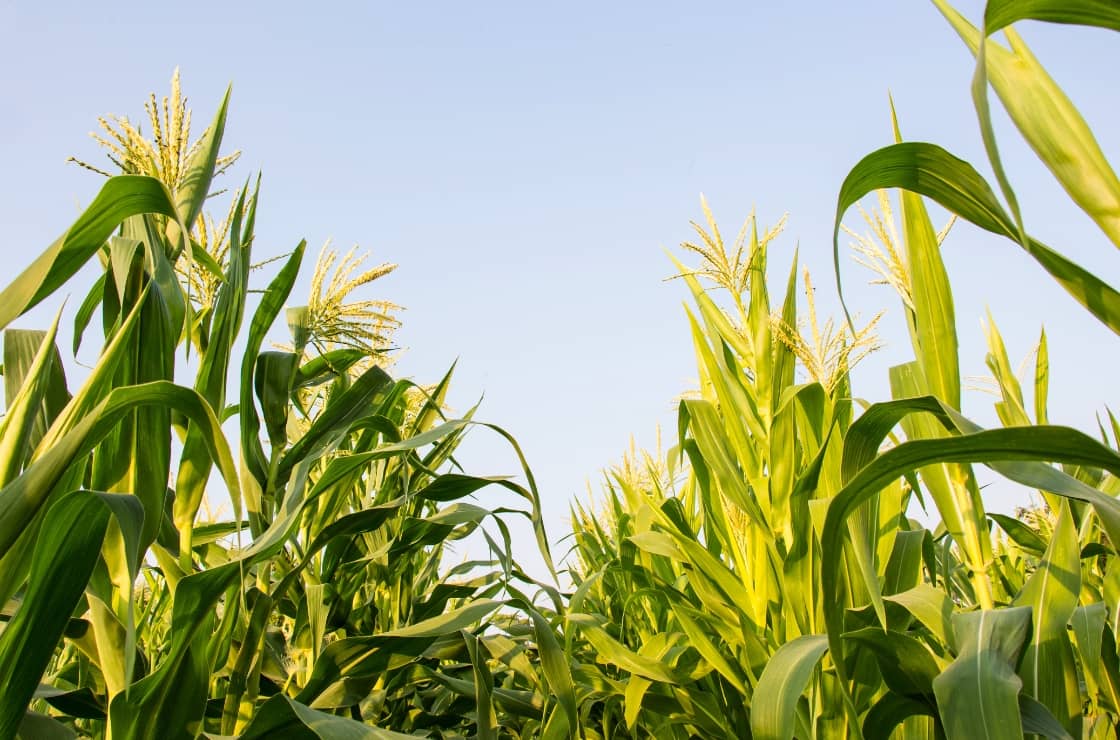Understanding the Different Funding Programs for Farmers

Farming can be costly - especially if you do it on a large scale. From starting the farm to buying tools to marketing, you need finances to make the project a success. This is where an agricultural loan can help. If you are in the farming business, you should be aware of the available funding options for farmers and how you can use them. As a farmer, you have access to various funding options designed to support you.
1. USDA: Farm Service Agency (FSA) Farm Loans
The FSA loans are available to farmers or ranchers who need help securing commercial credit from banks, farm credit institutions, or other lenders. Farmers can use this loan to acquire new land, add more livestock, and buy seeds, supplies, and other needed materials.
Here are the main types of USDA FSA loans:
Farm Ownership Loans
Farm ownership loans are used to enlarge an existing farm/ranch or buy a new one. You can use this loan to settle closing costs for the land purchase or invest in soil and water conservation on the farm.
Operation Loans
Operation loans are used to settle the farm’s daily operating costs. You can use them to buy new equipment, pay for minor repairs on the estate, add more livestock, or order more seed supplies.
Microloans
Microloans can either be an operation loan or a farm ownership loan. They are best suited for small or beginning farmers who need smaller loans.
Emergency Loans
As the name implies, emergency loans only apply in emergencies. For instance, you may need this type of loan when you suffer a farming loss from floods, drought, or other natural disasters.
Emergency loans tend to have a short application process and fewer requirements, provided you have proof of loss. You can use emergency loans to do the following:
- Restore or replace the damaged property
- Pay for the production expenses associated with the natural disaster
- Refinance farming debts caused by the loss
- Settle family living expenses as you recover your farm
Land Contract Guarantees
A land contract guarantee is given to the farm owner who wants to transfer the land or ranch to other people. This loan guarantees the retiring farmer who self-finances the sale of the land to beginning farmers or socially disadvantaged farmers and ranchers.
|
PROGRAM |
INTEREST RATES |
|
Farm operating - direct |
4.500% |
|
Farm operating - microloan |
4.500% |
|
Farm ownership - direct |
5.125% |
|
Farm ownership - microloan |
5.125% |
|
Farm ownership - direct, joint financing |
3.125% |
|
Farm ownership - down payment |
1.500% |
|
Emergency loan - the amount of actual loss |
3.750% |
Effective as of November 1, 2024
2. USDA FSA ARC/PLC Programs
This program protects farmers from significant price drops in crop revenue. Here are the two primary payment programs which fall under the USDA FSA ARC/PLC category:
Agriculture Risk Coverage-County (ARC-CO)
The ARC-CO program provides farmers with income support based on the historical base acres of the land and not the current production. Farmers can only get this payment when the country's crop revenue of the covered agricultural products is less than the ARC-CO guarantee.
Price Loss Coverage (PLC)
PLC payments are offered to farmers when the effective price of the covered commodity is less than the current reference price of the commodity. The effective price should be higher than the national average loan rate and the market year average price.
3. USDA FSA Market Facilitation Program (MFP) program
An MFP provides financial help to farmers or ranchers who experience a direct adverse impact of an illegal retaliatory tariff, causing the loss of traditional exports. The MFP payment is only eligible to farmers or ranchers who produce the following:
- Non-specialty crops such as corn, canola, wheat, upland cotton, dried beans, long cotton, sesame seeds, rice, millet, oats, and mustard seeds.
- Specialty crops include almonds, fresh grapes, macadamia nuts, walnuts, cherries, and cultivated ginseng.
- Hogs and dairy.
4. Nebraska Beginning Farmer Tax Credit Program
The Nebraska Beginning Farmer Tax Credit Program supports beginning farmers and agricultural asset owners. Here’s how it works:
For Beginning Farmers
- Receive a three-year lease to get started in farming or ranching
- Eligible for a maximum $500 tax credit reimbursement for the required Financial Management Class
For Agricultural Asset Owners (Landowners)
- Receive a refundable tax credit equal to 10 percent of the cash rent or 15 percent of the value of the share crop rent received each year for three years.
This program aims to help new farmers establish themselves in the industry while incentivizing landowners to lease to beginning farmers.
Partner with Lutz’s Agricultural Experts
Successfully navigating agricultural funding programs requires experienced guidance and industry knowledge. At Lutz, our agricultural industry experts have helped numerous farmers implement effective funding strategies. We understand the unique challenges and opportunities in today’s agricultural environment and can help design approaches that align with your operational objectives. Contact us to explore how our expertise can help your agricultural funding strategy.

- Achiever, Learner, Individualization, Arranger, Relator
Tyler Hohenstein
Recent News & Insights
Do You Need a Family Office? 7 Aspects to Consider
Tariff Volatility + 4.7.25
Lutz Named Top Consulting Firm in 2025 Omaha B2B Awards
Direct vs. Indirect Costs in the Construction Industry




%20(1)-Mar-08-2024-09-22-41-1011-PM.jpg?width=300&height=175&name=Untitled%20design%20(5)%20(1)-Mar-08-2024-09-22-41-1011-PM.jpg)
%20(1)-Mar-08-2024-09-27-14-7268-PM.jpg?width=300&height=175&name=Untitled%20design%20(6)%20(1)-Mar-08-2024-09-27-14-7268-PM.jpg)

%20(1)-Mar-08-2024-09-11-30-0067-PM.jpg?width=300&height=175&name=Untitled%20design%20(3)%20(1)-Mar-08-2024-09-11-30-0067-PM.jpg)
%20(1)-Mar-08-2024-09-18-53-4361-PM.jpg?width=300&height=175&name=Untitled%20design%20(4)%20(1)-Mar-08-2024-09-18-53-4361-PM.jpg)
-Mar-08-2024-09-03-21-1119-PM.jpg?width=300&height=175&name=Untitled%20design%20(1)-Mar-08-2024-09-03-21-1119-PM.jpg)
-2.png?width=264&height=160&name=Website%20Featured%20Content%20Images%20(1)-2.png)
-Mar-08-2024-08-50-35-9527-PM.png?width=300&height=175&name=Untitled%20design%20(1)-Mar-08-2024-08-50-35-9527-PM.png)


.jpg)




